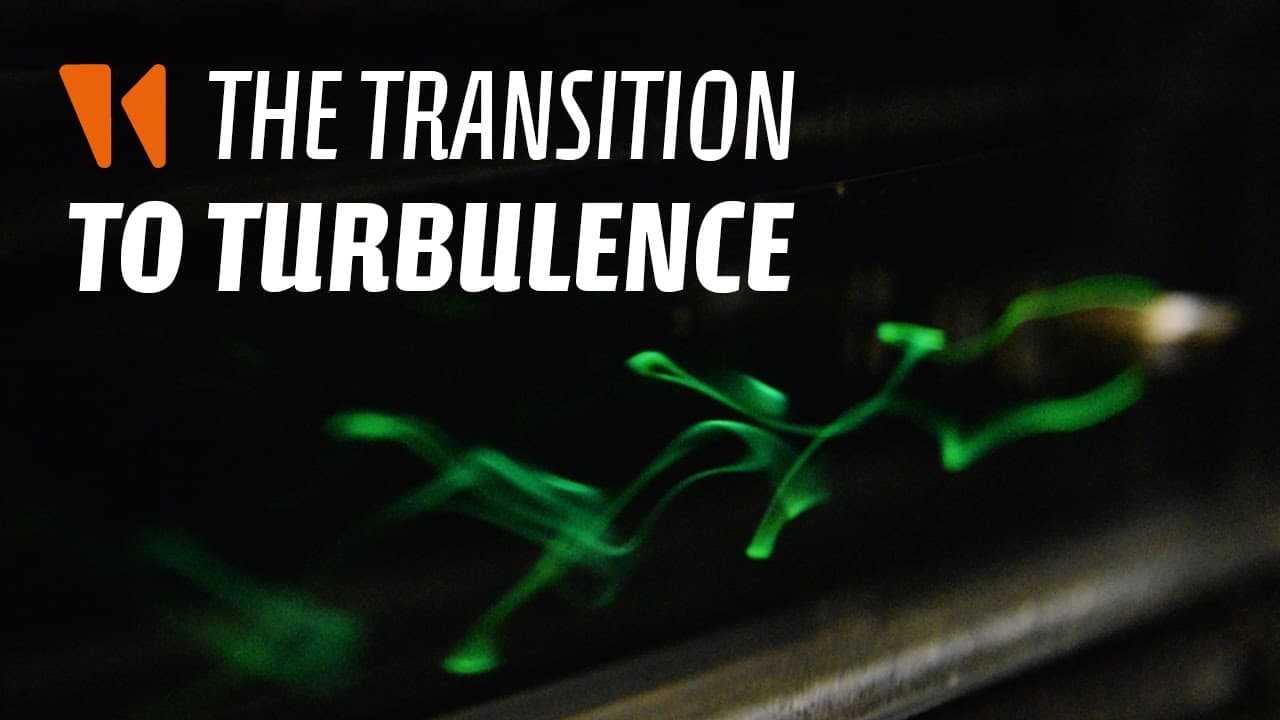Unlike laminar flow, where all parts of the fluid move together smoothly and consistently, turbulent flow sees the paths taken by individual fluid particles—called streamlines—combine, separate, and mix unpredictably.
Most often associated with jolty aircraft movement, turbulence occurs when fluid particles' inertia—their tendency to maintain their motion—can no longer be suppressed by the fluid's viscosity—the resistance to flow generated by internal friction. When this occurs, the paths taken by individual fluid particles form eddies, which gradually split, dissipating a fluid's energy as heat.
Because every system has a unique layout of eddies and dissipation, accurately modeling turbulence, which is found in blood flow, weather patterns, energy generation systems, ocean currents, etc., may be impossible and is currently tied to a $1M prize.





